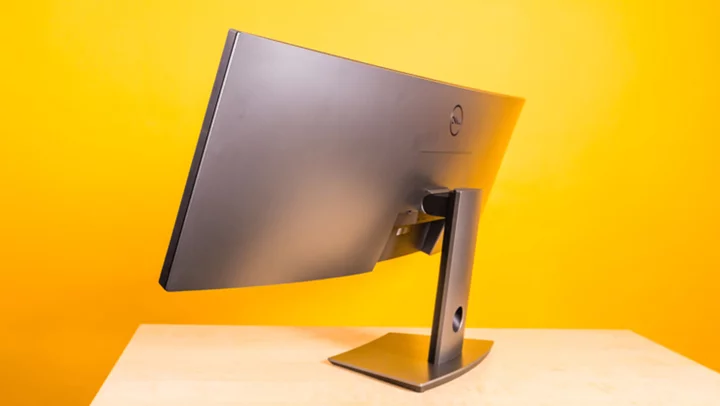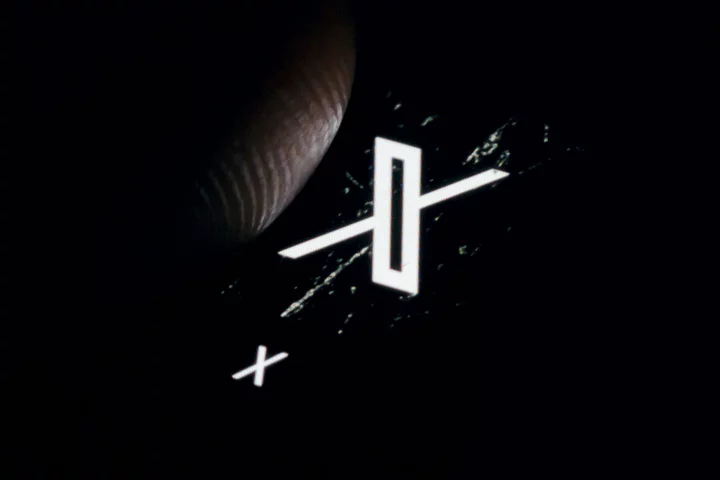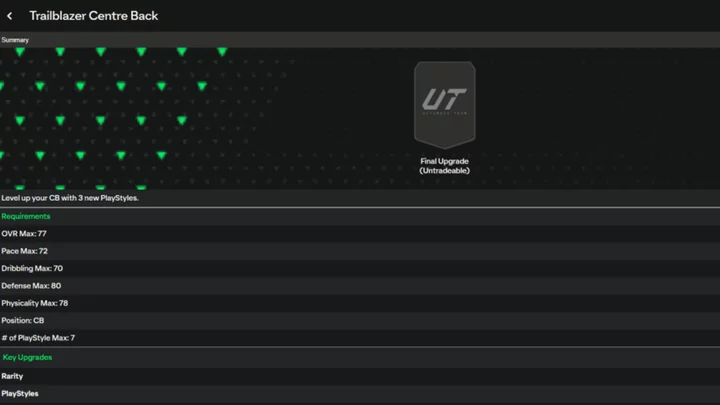In recent years, curved monitors have gone from being rarities to familiar sights. They tend to be panels for gaming and professional design and content-creation applications, but some general-purpose home and business monitors have adopted a curved design, too. And while they're certainly ultramodern-looking, their appeal goes beyond mere appearance.
The experience of using a curved display is often described as immersive. It draws you into the scene, lending a feeling of dimensionality that you don't get with a flat panel. Many recent ultrawide monitors, including all the 49-inch gaming and business monitors we've reviewed, are curved, which gives the user a wider field of view with minimal distortion at the edges.
Below, we'll get into everything you need to know about buying a curved display. Look for a breakout of our top tested picks, followed by a buyer's guide and detailed specs on our choices. Let's dig in.
Understanding Degree of Curvature
Not all curved monitors have the same amount of curve. General-purpose displays typically have a gentle curvature, while gaming and ultrawide productivity monitors tend to be more tightly curved.
As it turns out, the degree of curvature is a measurable stat. Many curved monitors have what's dubbed 1800R curvature, while more sharply curved ones have curvatures as tight as 800R. An 1800R curvature means that if you were to place enough of these monitors side by side to form a circle, its radius would be 1,800mm (1.8 meters or 5.9 feet). If you were positioned that far from the screen, the center, the right edge, and the left edge all would be equidistant from your eyes.
(Credit: Molly Flores)Few viewers would normally be that far from the screen, except perhaps when watching movies in a group. When you do move closer, especially with a large ultrawide monitor, the curve makes for a panoramic experience as the screen's edges almost seem to wrap partway around you. This creates a three-dimensional, immersive effect and is often said to reduce eyestrain.
What Resolution and Ports Should I Seek in a Curved Monitor?
Curved monitors tend to be big. The smallest we've seen is 24 inches (measured diagonally); most are 27 inches or larger, with clusters at 30, 34, 35, and 49 inches.
Often curved monitors are also ultrawide panels, defined by having 21:9 or 32:9 aspect ratios instead of the 16:9 horizontal-to-vertical ratio of most ordinary screens. Curved 21:9 displays tend to offer WQHD (3,440-by-1,440-pixel) native resolution, while 32:9 monitors—which include all the 49-inchers we've reviewed—have native resolutions of either 5,120 by 1,440 pixels or 3,840 by 1,080 pixels. The 32:9 displays, especially the larger ones, are sometimes referred to as "super ultrawide" panels.
As for ergonomics, height and tilt adjustment are common, swivel control less so (it's seldom seen on the really wide monitors), and pivot control—allowing you to rotate the monitor from landscape to portrait orientation and back—is basically nonexistent. For obvious reasons, a curved screen doesn't make sense in a vertical orientation.
The ports or connectors on these displays tend to face downward in back, which is less than ideal considering that most of these monitors are large, heavy, and unwieldy. It's a good idea to connect any cables you might ever want to use during the initial setup process.
(Credit: Zlata Ivleva)Whether they're gaming, productivity, or professional monitors, curved displays commonly have at least one DisplayPort and at least one HDMI connector; an upstream USB port for connection to your computer (commonly USB-C in newer monitors) and several downstream USB ports for flash drives and other peripherals. Most add an audio-out jack for plugging in a headset or external speakers. Some have their own built-in speakers, but these vary widely in quality.
(Credit: Zlata Ivleva)For making brightness, contrast, and other adjustments, the controls to navigate the onscreen display (OSD) are either four-way mini-joystick controllers or small buttons. The button control system is most often found on general-purpose curved monitors, while gaming and professional displays usually provide the mini joysticks. The latter are easier to use. (See how we test monitors.)
Factors for Artists, Gamers, and Multitaskers
If you look beyond general-purpose use, you can lump curved monitors into three categories: for multitasking (productivity work with several application windows at once), for professional use, and for gaming.
With a large, curved productivity monitor, you can have several documents (or one gigantic spreadsheet) open at a time, viewing them with a minimum of eyestrain. A few monitor makers provide software to let you easily size, tile, and configure windows. You could even take this multitasking to another level by adding a second identical monitor for a dual-monitor setup.
That said, you'll want to look with care at the size of the bezels and the degree of curvature if you are considering pairing up more than one curved panel. Obviously, you'll need a big, wide desk with adequate depth or front-to-back clearance to allow for the curve to align across two displays. Also, monitors with thick side bezels could put a big black bar in the center of your sightline.
(Credit: Chris Stobing)As for graphic designers, photographers, and other creative professionals, they could have several illustrations or photos open side-by-side on a curved monitor. This would provide more natural viewing angles than on a flat screen, so the artist could examine, say, three images at once without the outside ones appearing stretched.
(Credit: Chris Stobing)Gamers get a more three-dimensional, immersive view with a curved monitor than a flat panel provides. Curved gaming displays are particularly good for racing games, flight simulators, and other games (particularly non-shooters) that provide panoramic views. One thing to note, however, is that some older games don't support the ultrawide aspect ratios typical of curved gaming panels.
So, Which Curved Monitor Should I Buy?
Curved monitors aren't for everyone. They're a mixed bag for gamers, and they don't provide practical advantages at small to medium sizes. Apart from their aesthetic appeal, what sets curved displays apart from other computer monitors is that the edges of the screen face you, which isn't the case with a flat panel. This provides a more panoramic view with less distortion, which can be a boon to gamers, graphic artists, and multitaskers alike.
Now that you know the basics of curved displays, you're ready to dig into the details of some of our best-reviewed models. You can also find more information in our roundups of the best ultrawide monitors, gaming monitors, and 4K monitors we've tested. And below is a spec breakout of our curved favorites outlined above.









